Report this entry
More from the same community-collection
Testimonial Dinner Held In El Paso Country Club - 1970
Pictured at the dinner are Mrs. Resler, Mr. Resler, Mrs. Robert ...
Mountain States Telephone and Telegraph Company Board - 1971
Members of the 1971 Mountain States Telephone and Telegraph ...
State National Bank Building - 1972 - El Paso, Texas
Building the State National Bank Plaza, office tower, bank ...
Dale and Nona Resler's 50th Anniversary - 1972
Mr. & Mrs. Dale Resler of 825 East Blacker Avenue, El Paso, ...
Dale and Nona Resler's 50th Anniversary - 1972
Mr. & Mrs. Dale Resler of 825 East Blacker Avenue are honored on ...
Girl's Club at Peter Piper Pizza- 2015
The Bridges Academy's Girls Club at Peter Piper Pizza after ...
Girls Club at Peter Piper Pizza- 2015
The Bridges Academy's Girls' Club at Peter Piper Pizza after ...
Girls Club, Peter Piper Pizza, El Paso,TX 2015
he Bridges Academy's Girls Club at Peter Piper Pizza after ...
Bridges Academy's opening of Dyslexic Center. - 2015
Bridges Academy's opening of Dyslexic Center. Beside Mrs. Keys, ...
Officer talks to Bridges Academy students about safety.- 2015
Officer talks to Bridges Academy students about safety.
Bridges Academy 8th grade graduation- 2015
Bridges Academy 8th grade graduation. seated center: Noah, ...
Opening of Bridges Academy's Dyslexia Center El Paso Texas 2015
Opening of Bridges Academy's Dyslexia Center
Bridges Academy's Halloween- 2015
Audrey C. Davis, student council founder and president, posses ...
Bridges Academy at Peter Piper Pizza-2015
Bridges Academy at Peter Piper Pizza after UTEP's Nutcracker
Nona Resler Honored - 2003 - 2004
Lower left hand corner you will see that Nona's picture was put ...

















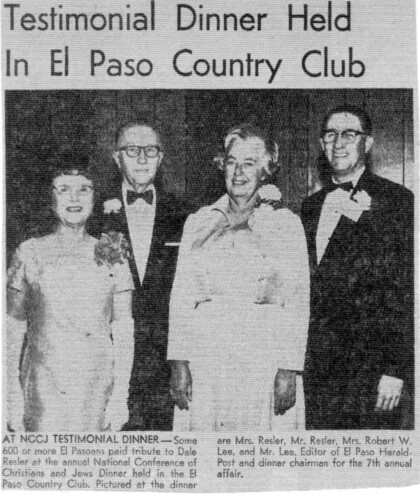
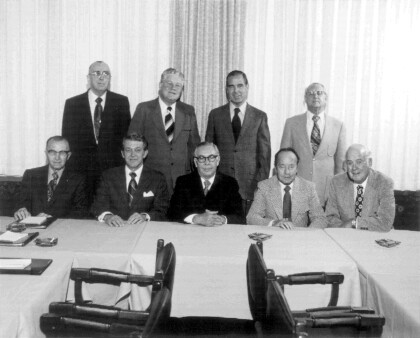
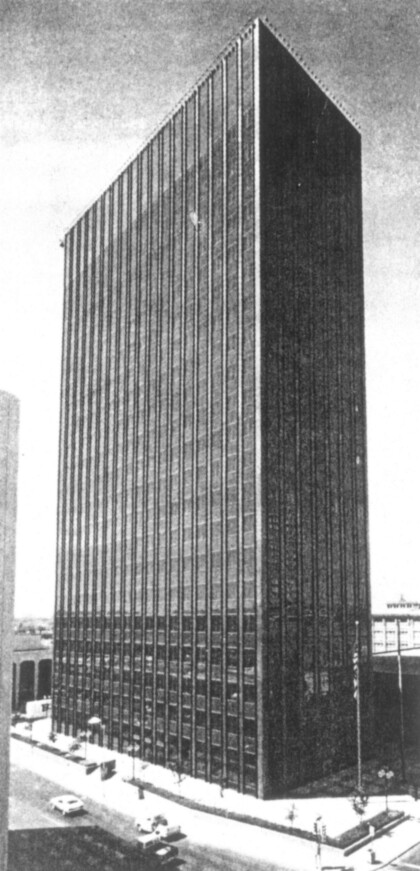
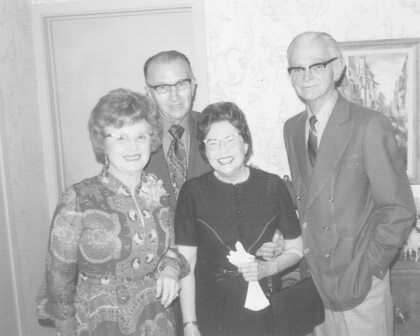
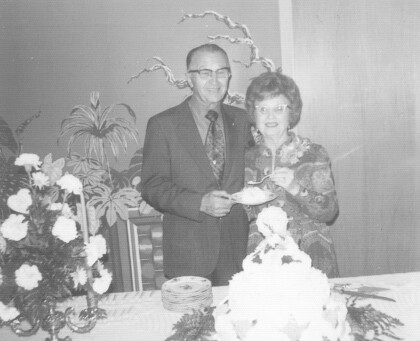
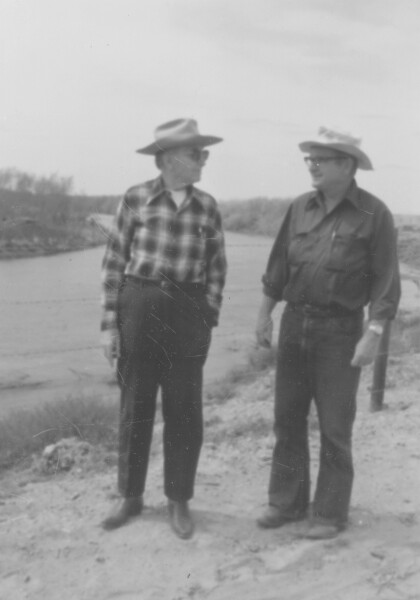
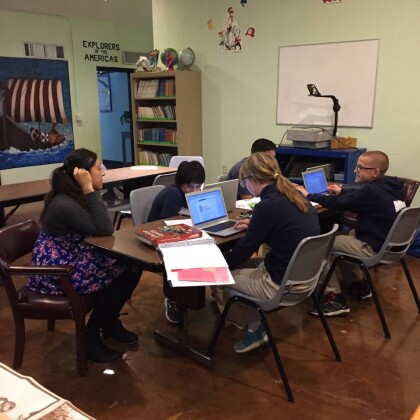




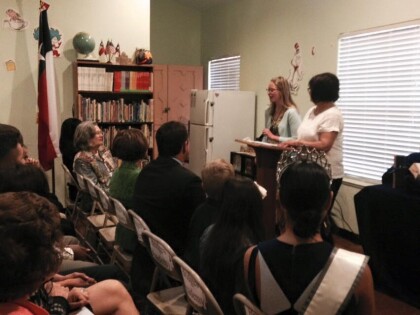
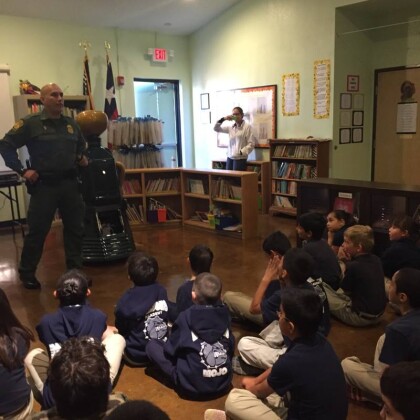
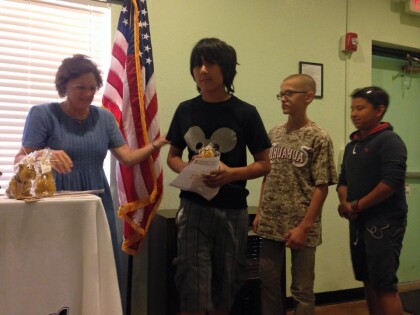
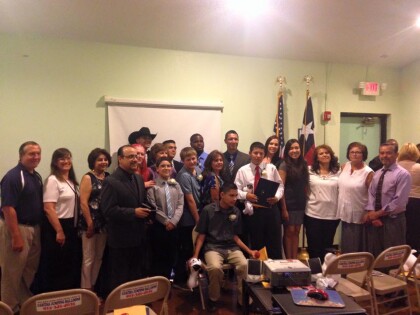
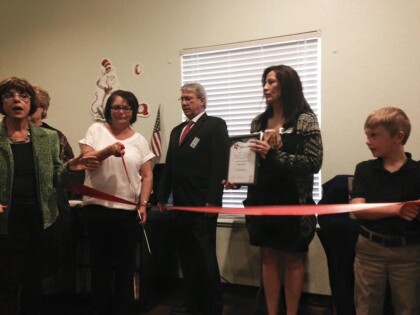


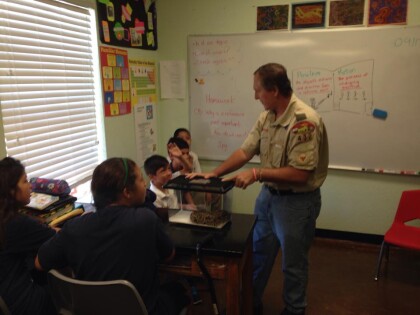



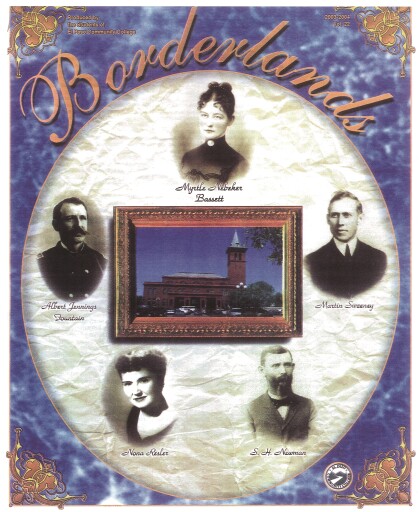
Comments
Add a comment